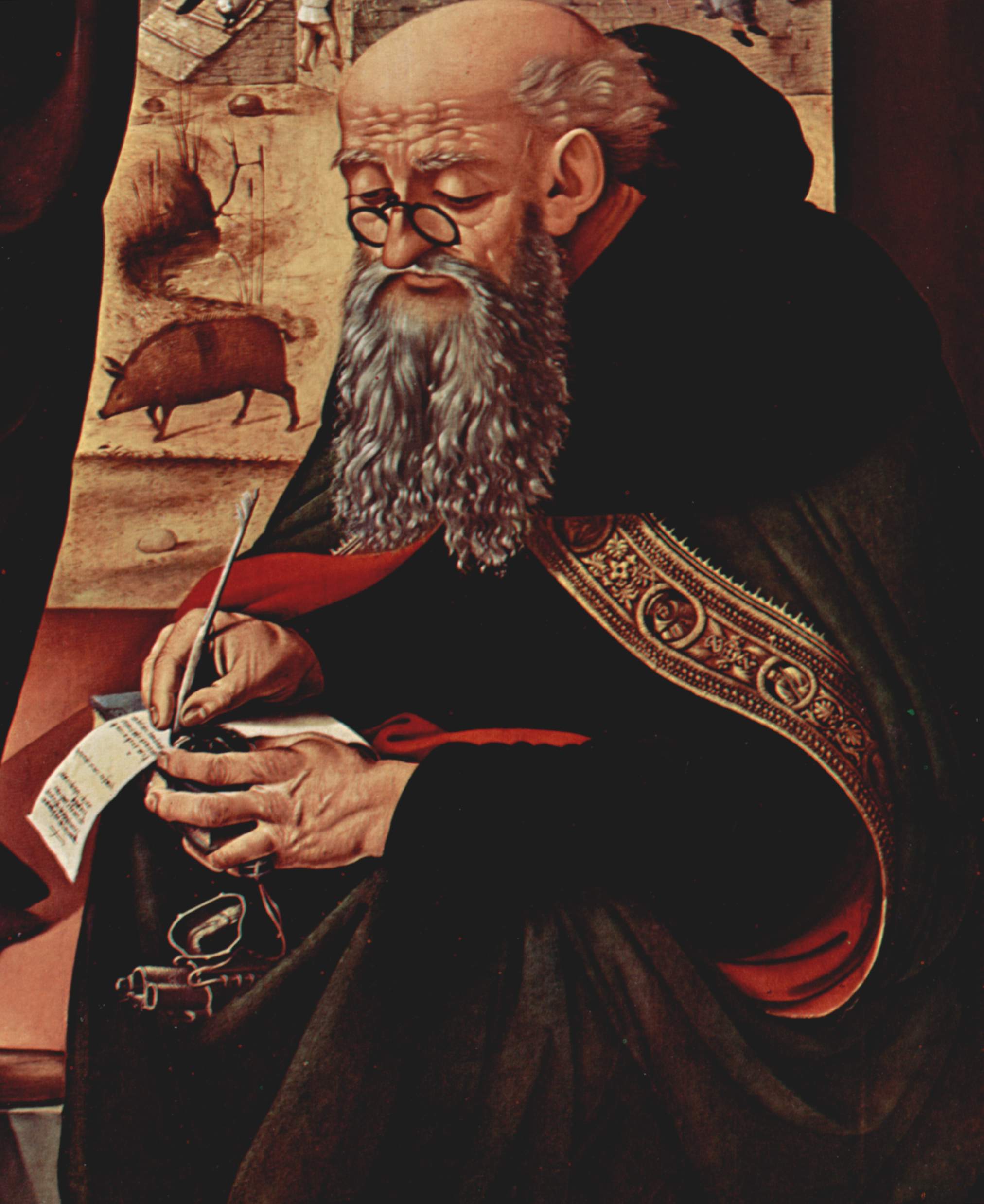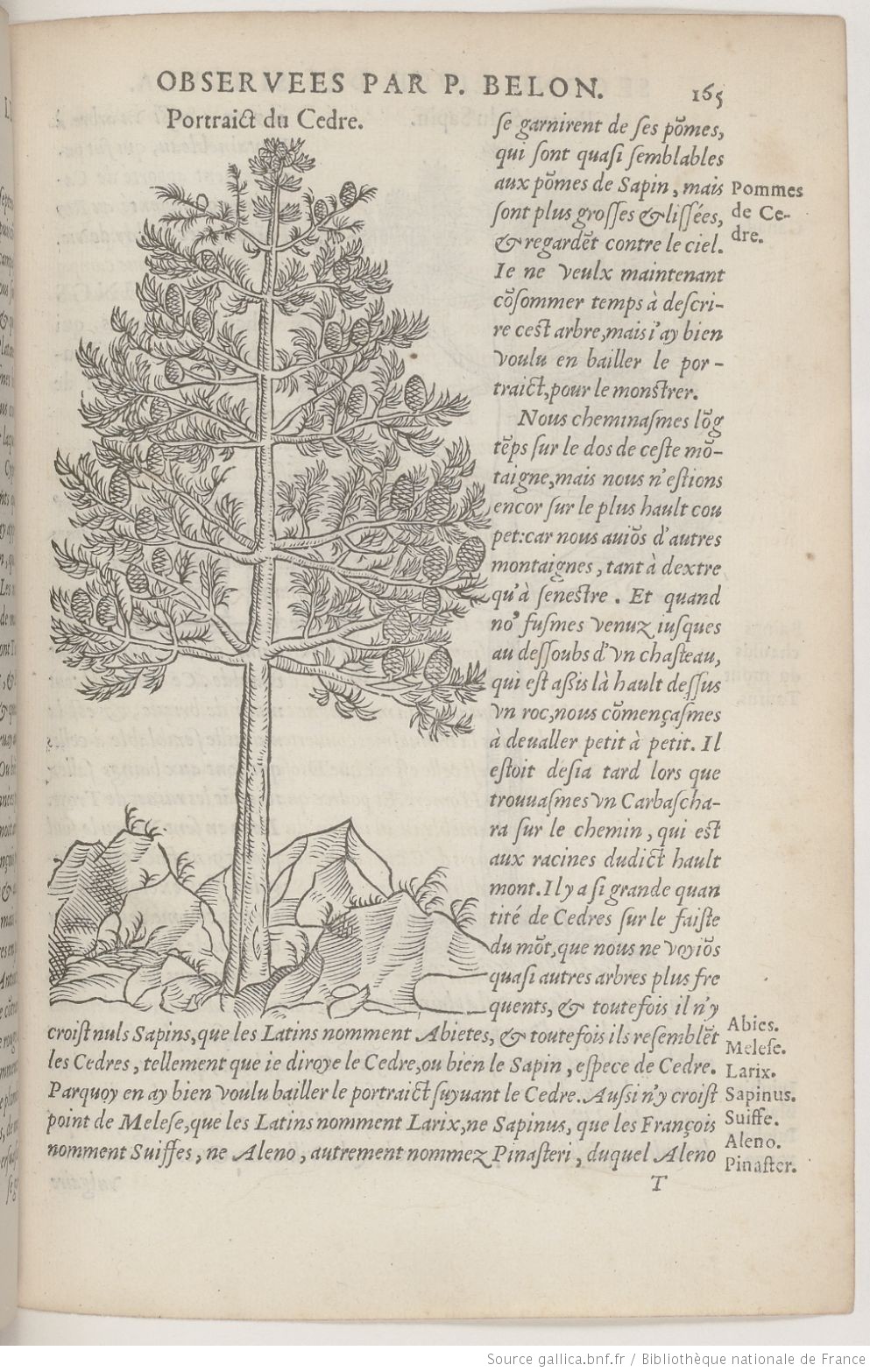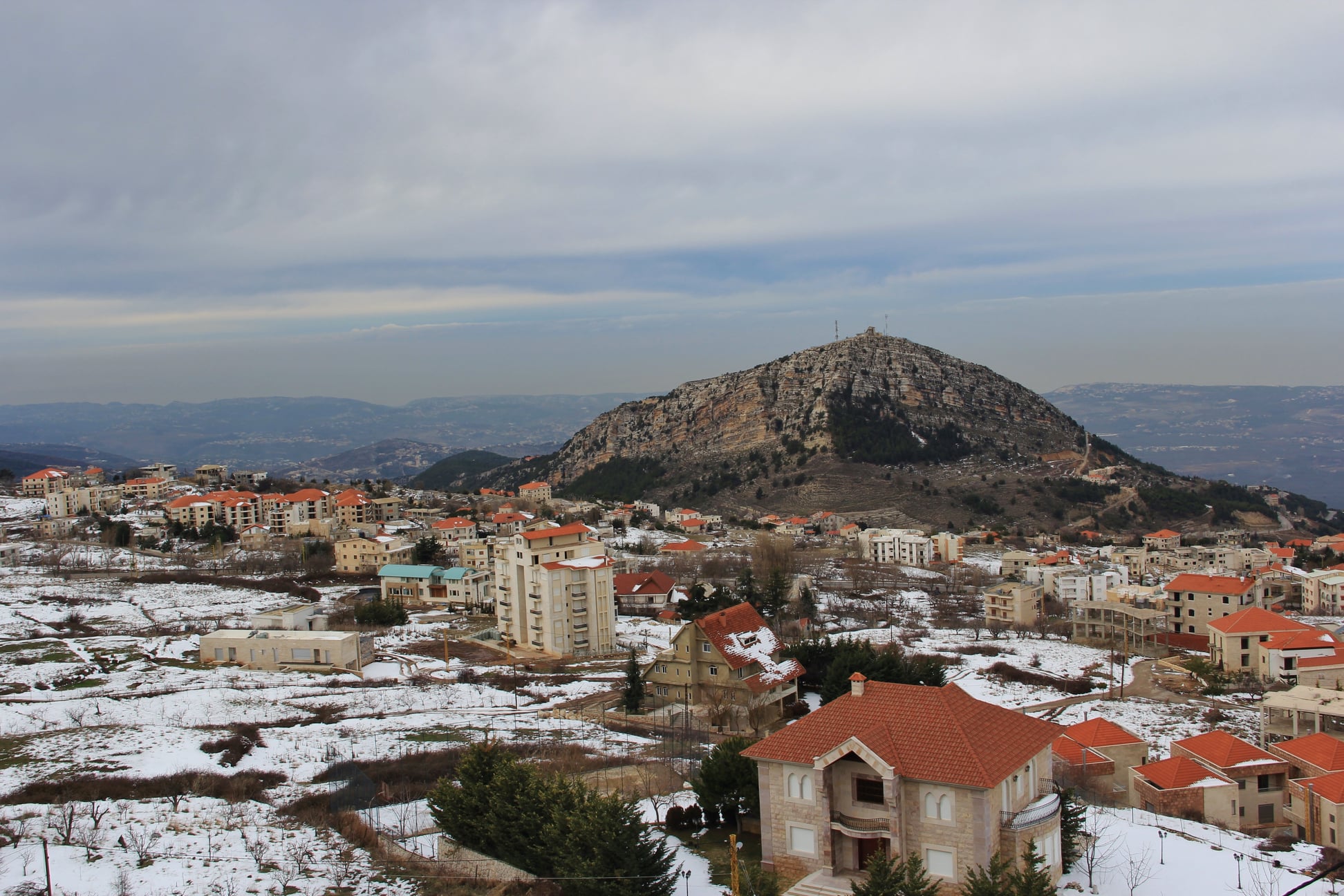|
Arbet Qozhaya
Arbet Kozhaya, also known as Arbet Qozhaya or Arabet Kozhaya, ( ar, عربة قزحيا, syr, ܥܪܒܐ ܕܩܙܚܝܐ) is one of the fifty-six towns and villages, which make up the Zgharta District (''Zgharta Zawie'') in the North Governorate of Lebanon. The population is mainly Maronite Christian. Origin of the name The village is named after the neighboring Monastery of Kozhaya, known as the Monastery of Saint Anthony the Great (''Mar Antonios al-Kabir''). The monastery is some 950 metres above sea level in the Valley of Kozhaya. The word ''Arbet'' (Aarbet) means ''inclined'', since the village is on an inclined plane overlooking Kozhaya. The name ''Kozhaya'' is Syriac in origin and means ''the treasure of life'', with ''treasure'' representing ''Christ'', for whom the monks of the Monastery abandon worldly goods and follow an ascetic life dedicated to prayer and spirituality; and ''life'' referring to the abundance of water endowing nature with life in the valley. Facts and ... [...More Info...] [...Related Items...] OR: [Wikipedia] [Google] [Baidu] |
List Of Sovereign States
The following is a list providing an overview of sovereign states around the world with information on their status and recognition of their sovereignty. The 206 listed states can be divided into three categories based on membership within the United Nations System: 193 UN member states, 2 UN General Assembly non-member observer states, and 11 other states. The ''sovereignty dispute'' column indicates states having undisputed sovereignty (188 states, of which there are 187 UN member states and 1 UN General Assembly non-member observer state), states having disputed sovereignty (16 states, of which there are 6 UN member states, 1 UN General Assembly non-member observer state, and 9 de facto states), and states having a special political status (2 states, both in free association with New Zealand). Compiling a list such as this can be a complicated and controversial process, as there is no definition that is binding on all the members of the community of nations concerni ... [...More Info...] [...Related Items...] OR: [Wikipedia] [Google] [Baidu] |
Anthony The Great
Anthony the Great ( grc-gre, Ἀντώνιος ''Antṓnios''; ar, القديس أنطونيوس الكبير; la, Antonius; ; c. 12 January 251 – 17 January 356), was a Christian monk from Egypt, revered since his death as a saint. He is distinguished from other saints named Anthony, such as , by various epithets: , , , , , and . For his importance among the Desert Fathers and to all later Christian monasticism, he is also known as the . His feast day is celebrated on 17 January among the Orthodox and Catholic churches and on Tobi 22 in the Coptic calendar. The biography of Anthony's life by Athanasius of Alexandria helped to spread the concept of Christian monasticism, particularly in Western Europe via its Latin translations. He is often erroneously considered the first Christian monk, but as his biography and other sources make clear, there were many ascetics before him. Anthony was, however, among the first known to go into the wilderness (about AD 270), whic ... [...More Info...] [...Related Items...] OR: [Wikipedia] [Google] [Baidu] |
Toula, Lebanon
Toula ( ar, تولا) is a small village in North Lebanon in Zgharta District (or Quadaa). It is above sea level and is primarily a recreational village. Descendants of the original full-time residents of Toula do not reside in Toula during the winter months. Heavy snow fall typically makes Toula's mountainous roads inaccessible. However, Toula's original families occupied the village on a year-round basis. Settling families and early residents developed a climatic tolerance and adapted to Toula's harsh winter months. Demographics Toula has an estimated approximate population of 1,000. The last national census was conducted in 1932. At the beginning of the 20th century, similar to other Lebanese towns and cities, these village residents emigrated to different locations around the world. Significant numbers have emigrated to the United States of America, Canada, Australia, Argentina, Brazil and other countries. A distinctive percentage of current village residents have ach ... [...More Info...] [...Related Items...] OR: [Wikipedia] [Google] [Baidu] |
Beirut
Beirut, french: Beyrouth is the capital and largest city of Lebanon. , Greater Beirut has a population of 2.5 million, which makes it the third-largest city in the Levant region. The city is situated on a peninsula at the midpoint of Lebanon's Mediterranean coast. Beirut has been inhabited for more than 5,000 years, and was one of Phoenicia's most prominent city states, making it one of the oldest cities in the world (see Berytus). The first historical mention of Beirut is found in the Amarna letters from the New Kingdom of Egypt, which date to the 14th century BC. Beirut is Lebanon's seat of government and plays a central role in the Lebanese economy, with many banks and corporations based in the city. Beirut is an important seaport for the country and region, and rated a Beta + World City by the Globalization and World Cities Research Network. Beirut was severely damaged by the Lebanese Civil War, the 2006 Lebanon War, and the 2020 massive explosion in the ... [...More Info...] [...Related Items...] OR: [Wikipedia] [Google] [Baidu] |
Cedars Of God
The Cedars of God ( ar, أرز الربّ ''Arz al-Rabb'' "Cedars of God"), located in the Kadisha Valley of Bsharre, Lebanon, are one of the last vestiges of the extensive forests of the Lebanon cedar that thrived across Mount Lebanon in antiquity. All early modern travelers' accounts of the wild cedars appear to refer to the ones in Bsharri; the Christian monks of the monasteries in the Kadisha Valley venerated the trees for centuries. The earliest documented references of the Cedars of God are found in Tablets 4-6 of the great Epic of Gilgamesh, six days walk from Uruk. The Phoenicians, Israelites, Egyptians, Assyrians, Babylonians, Persians, Romans, Arabs, and Turks used Lebanese timber. The Egyptians valued their timber for shipbuilding, and in the Ottoman Empire their timber was used to construct railways. History Ancient history The mountains of Lebanon were once shaded by thick cedar forests and the tree is the symbol of the country. After centuries of persistent defo ... [...More Info...] [...Related Items...] OR: [Wikipedia] [Google] [Baidu] |
Zgharta
Zgharta ( ar, زغرتا, syc, ܙܓܪܬܐ), also spelled Zghorta, is a city in North Lebanon, with an estimated population of around 50,000. It is the second biggest city in Northern Lebanon after Tripoli. Zgharta is about 150 metres above sea level and lies between the rivers of Jouit and Rashein. It is 23 kilometres from Ehden, 11 kilometres from the coastal city of Tripoli, 88.7 kilometres from the capital of Lebanon, Beirut, and 82 kilometres from the nearest Syrian city, Tartous. Its history and people are closely associated with the village of Ehden. Most of the citizens of Zgharta have summer houses in Ehden. It is the seat and the capital of the Zgharta District (Qadaa' Zgharta). Zgharta is closely related to the mountain town of Ehden, essentially sharing the same population. Each summer, most of the people in Zgharta move to spend their summer in Ehden; this is reversed in winter when Ehden is practically deserted. Zghartawis speak the Lebanese dialect with a distinc ... [...More Info...] [...Related Items...] OR: [Wikipedia] [Google] [Baidu] |
Ehden
Ehden ( ar, إِهْدِن, Syriac-Aramaic: ܐܗܕ ܢ ) is a mountainous city in the heart of the northern mountains of Lebanon and on the southwestern slopes of Mount Makmal in the Mount Lebanon Range. Its residents are the people of Zgharta, as it is within the Zgharta District. Geography The mountain town is located above sea level, and is from Zgharta, from Beirut (the country’s capital) and from Tripoli, Lebanon. Ehden is a famous summer resort and touristic center, often called "The Bride of Summer Resorts in the North of Lebanon." Gastronomy is one of the most prominent tourist attractions in Ehden, especially in summer. Kebbeh Meshwyeh (krass) and the Kebbeh Nayeh, both traditional cuisines, and particularly notable in this town. Etymology ''Ehden'' is derived from Aramaic, meaning "the mountain’s base and slope". The location of Ehden at the base of Mar Sarkis Mountain supports this explanation. This view is supported by Anis Frayha who writes:The name of Eh ... [...More Info...] [...Related Items...] OR: [Wikipedia] [Google] [Baidu] |
Qadisha Valley
Kadisha Valley ( ar, وادي قاديشا), also romanized as the Qadisha Valley and also known as the Kadisha Gorge or Wadi Kadisha (french: Ouadi Qadisha), is a gorge that lies within the Bsharri and Zgharta Districts of the North Governorate of Lebanon. The valley was carved by the Kadisha River, also known as the ''Nahr Abu Ali'' when it reaches Tripoli. Kadisha means "Holy" in Aramaic, and the valley is sometimes called the Holy Valley. It has sheltered Christian monastic communities for many centuries. The valley is located at the foot of Mount al-Makmal in northern Lebanon. The integrity of the valley is at risk because of encroachment of human settlements, illegal building, and inconsistent conservation activity. Although it is not yet on the UNESCO "in danger" list, there have been warnings that continued violations may lead to this step. [...More Info...] [...Related Items...] OR: [Wikipedia] [Google] [Baidu] |
Christ
Jesus, likely from he, יֵשׁוּעַ, translit=Yēšūaʿ, label=Hebrew/Aramaic ( AD 30 or 33), also referred to as Jesus Christ or Jesus of Nazareth (among other Names and titles of Jesus in the New Testament, names and titles), was a first-century Jews, Jewish preacher and religious leader; he is the central figure of Christianity, the Major religious groups, world's largest religion. Most Christians believe he is the Incarnation (Christianity), incarnation of God the Son and the awaited Messiah#Christianity, Messiah (the Christ (title), Christ) prophesied in the Hebrew Bible. Virtually all modern scholars of antiquity agree that Historicity of Jesus, Jesus existed historically. Quest for the historical Jesus, Research into the historical Jesus has yielded some uncertainty on the historical reliability of the Gospels and on how closely the Jesus portrayed in the New Testament reflects the historical Jesus, as the only detailed records of Jesus' life are contained in ... [...More Info...] [...Related Items...] OR: [Wikipedia] [Google] [Baidu] |
Syriac Language
The Syriac language (; syc, / '), also known as Syriac Aramaic (''Syrian Aramaic'', ''Syro-Aramaic'') and Classical Syriac ܠܫܢܐ ܥܬܝܩܐ (in its literary and liturgical form), is an Aramaic language, Aramaic dialect that emerged during the first century AD from a local Aramaic dialect that was spoken by Arameans in the ancient Aramean kingdom of Osroene, centered in the city of Edessa. During the Early Christian period, it became the main literary language of various Aramaic-speaking Christian communities in the historical region of Syria (region), Ancient Syria and throughout the Near East. As a liturgical language of Syriac Christianity, it gained a prominent role among Eastern Christian communities that used both Eastern Syriac Rite, Eastern Syriac and Western Syriac Rite, Western Syriac rites. Following the spread of Syriac Christianity, it also became a liturgical language of eastern Christian communities as far as India (East Syriac ecclesiastical province), India ... [...More Info...] [...Related Items...] OR: [Wikipedia] [Google] [Baidu] |
Qozhaya
Qozhaya ( syr, ܕܝܪܐ ܕܡܪܝ ܐܢܛܘܢܝܘܣ ܩܘܙܚܝܐ, ar, دير مار أنطونيوس قزحيا), also transliterated Qazahya is located in the Zgharta District in the North Governorate of Lebanon. It belongs to the Lebanese Maronite Order known as Baladites. Monastery of Saint Anthony of Qozhaya It is dedicated to Saint Anthony the Great. It is commonly called Qozhaya, in reference to the valley in which it is located. The valley of Qozhaya, along with the valley of Qannoubine (Arabic: قنوبين) to which it is connected to the west, form what is called the valley of Qadisha . Etymology The etymology of the name Qozhaya varies according to the opinions of scholars. However, in recent years the Syriac origin was most commonly adopted, and approximately translates to ''the treasure of life''. History Qozhaya is considered to be one of the oldest monasteries of the valley of Qadisha. Several hermitages are attached to it and at a certain period (probably the 12 ... [...More Info...] [...Related Items...] OR: [Wikipedia] [Google] [Baidu] |







